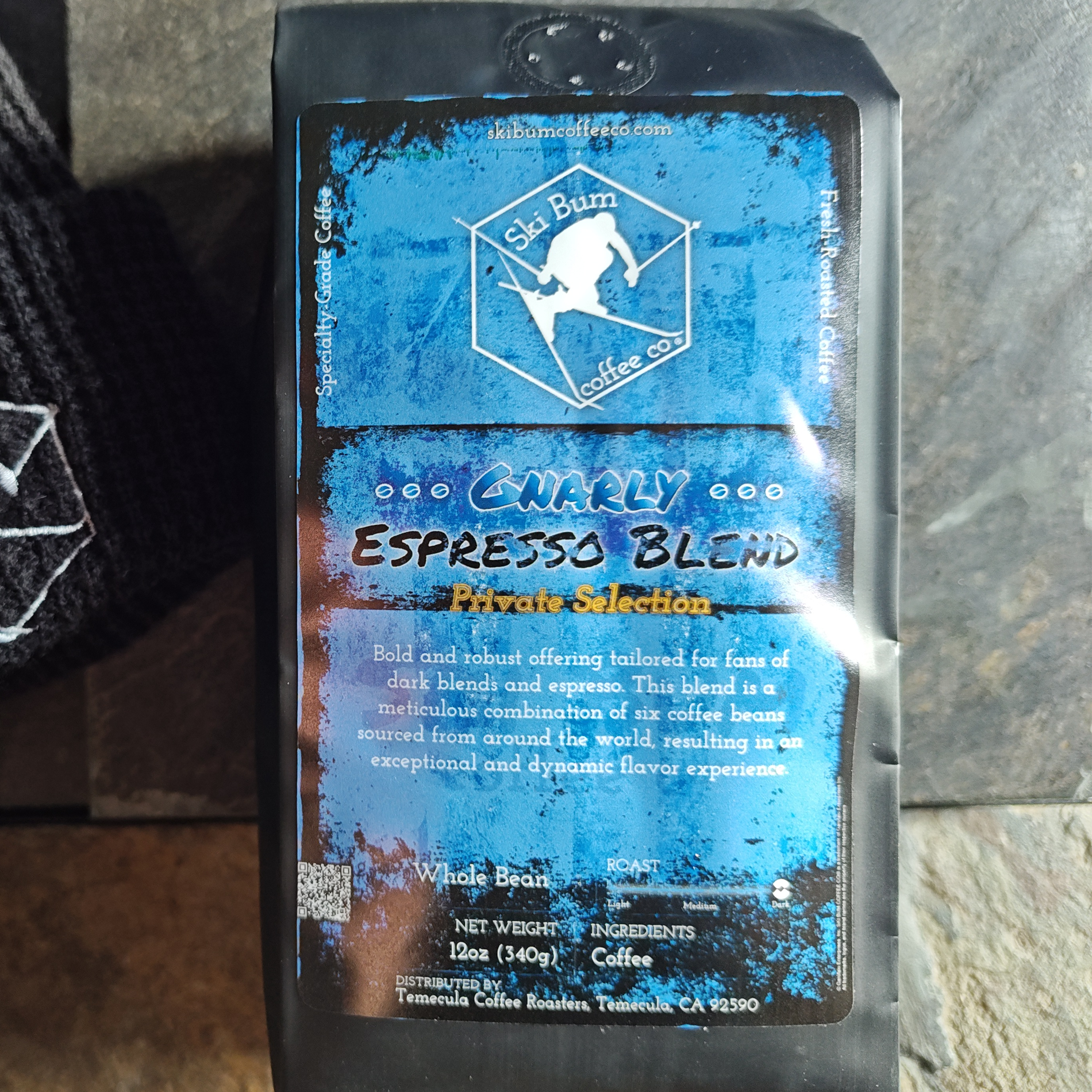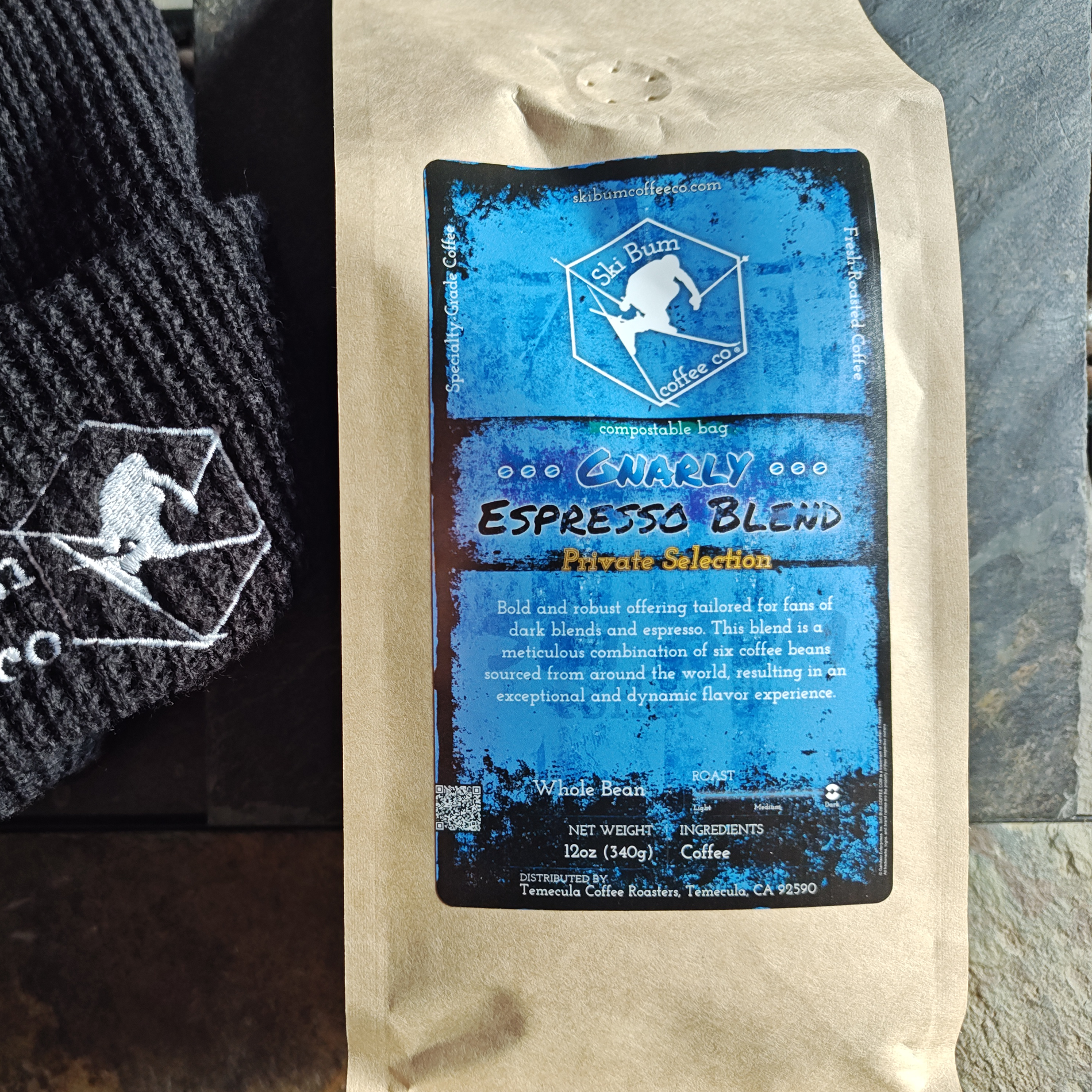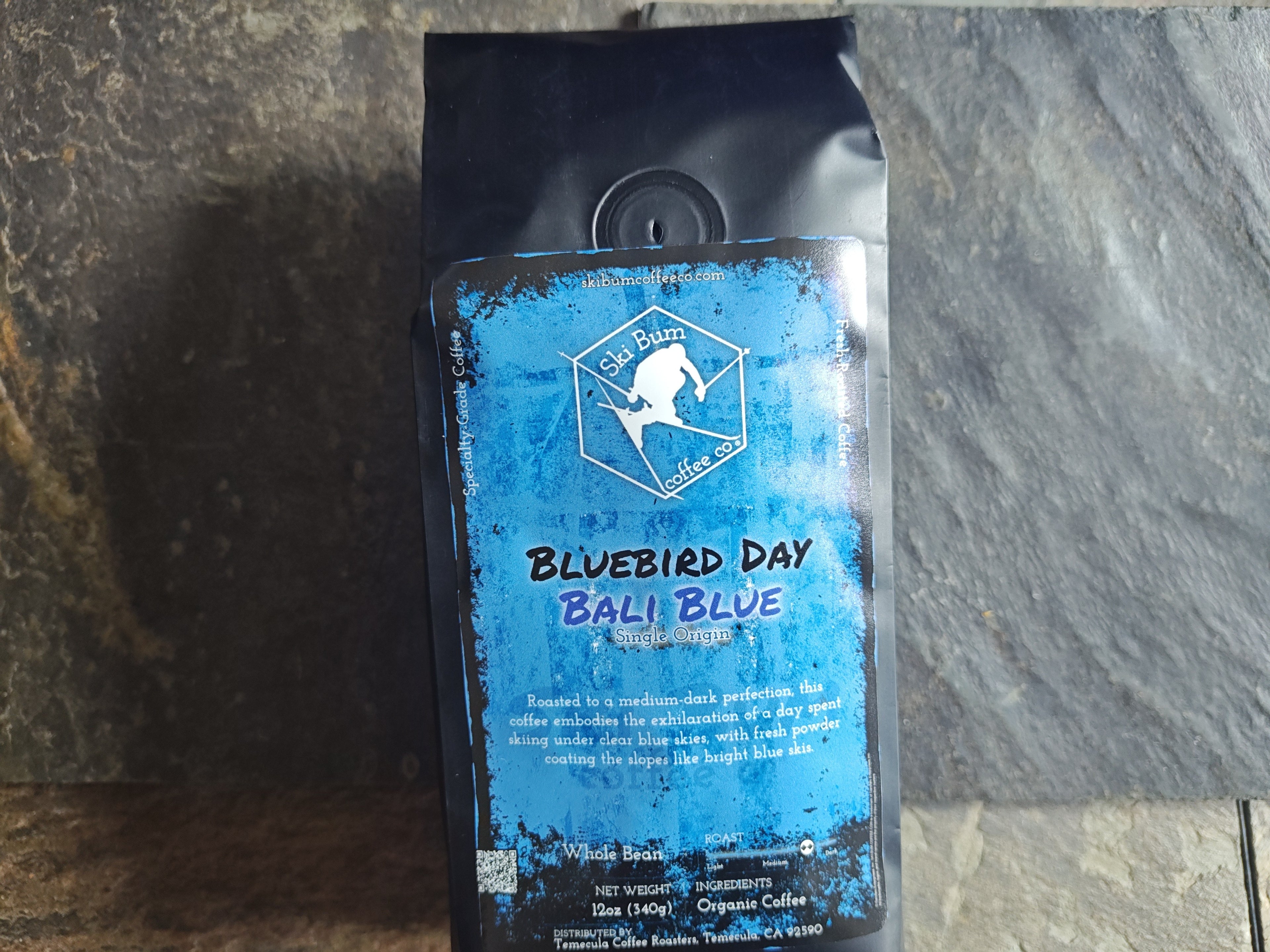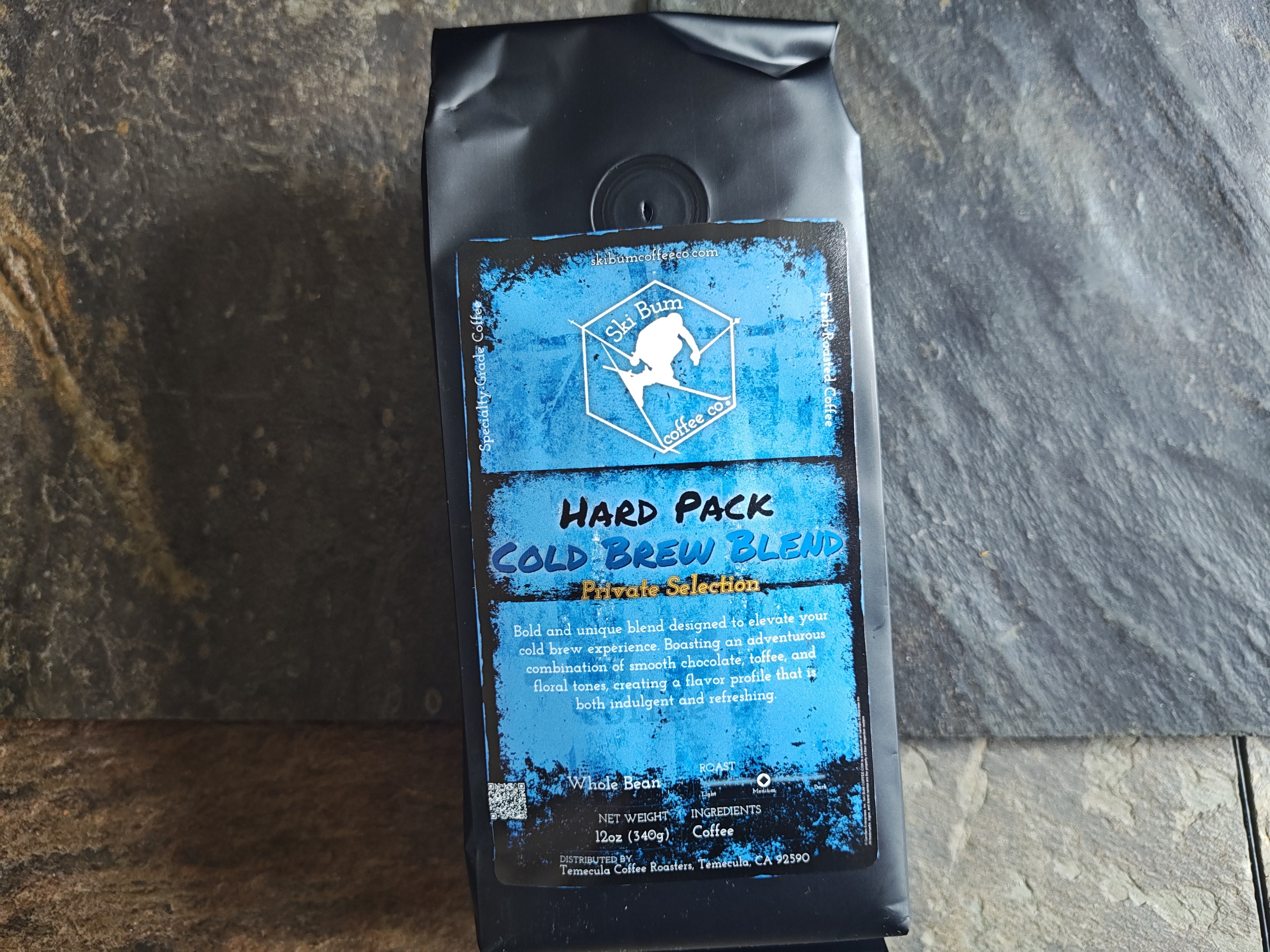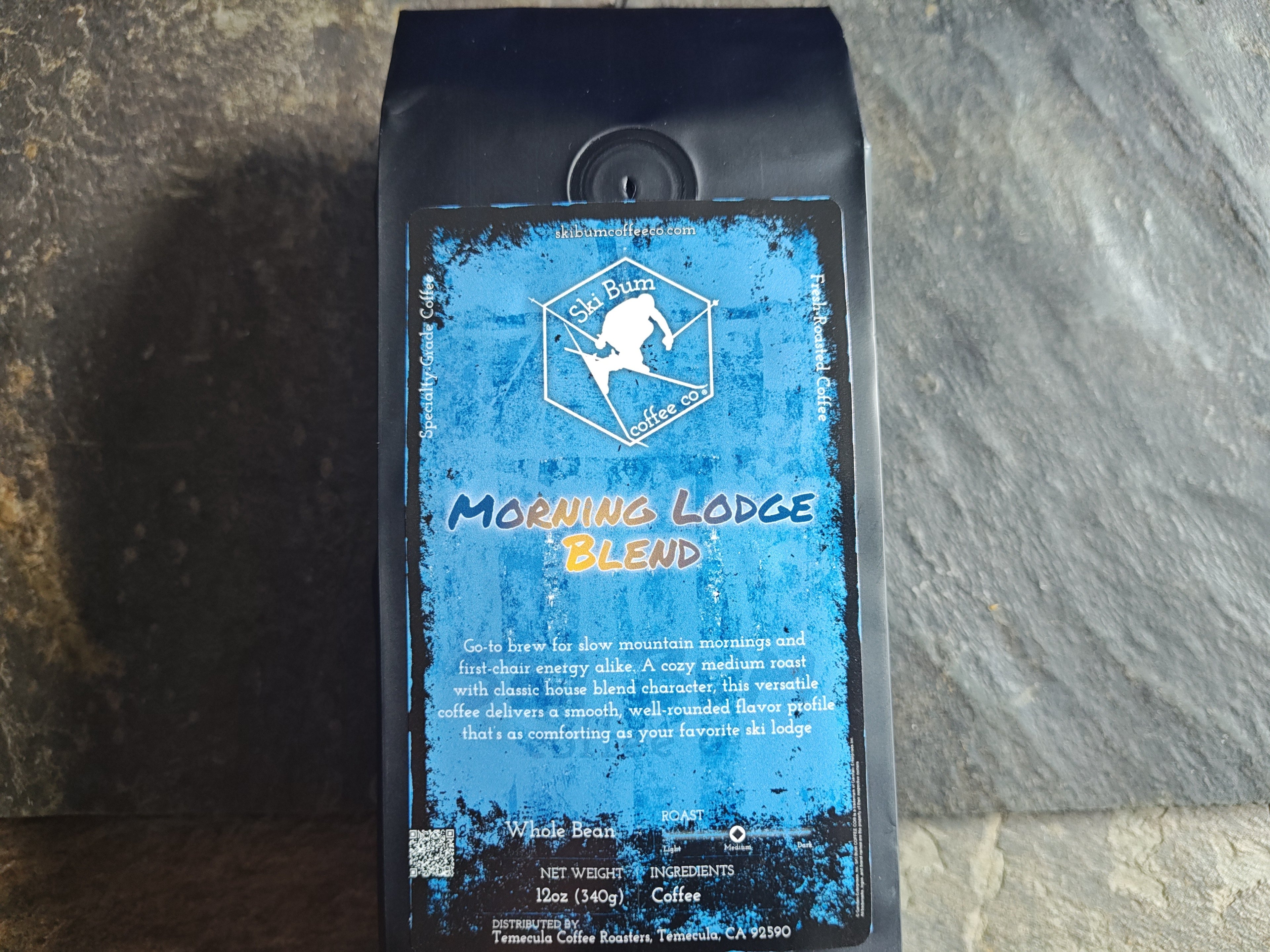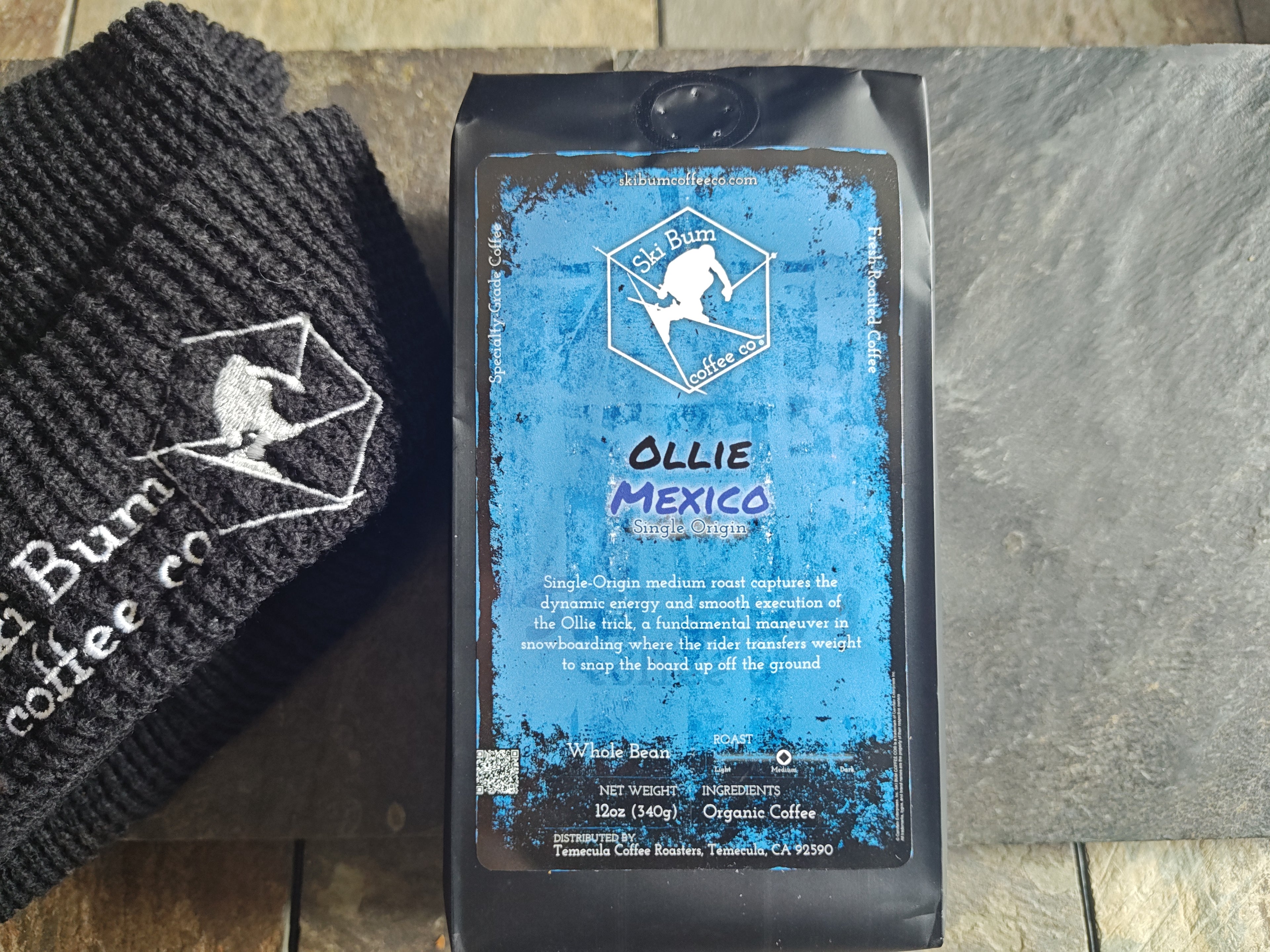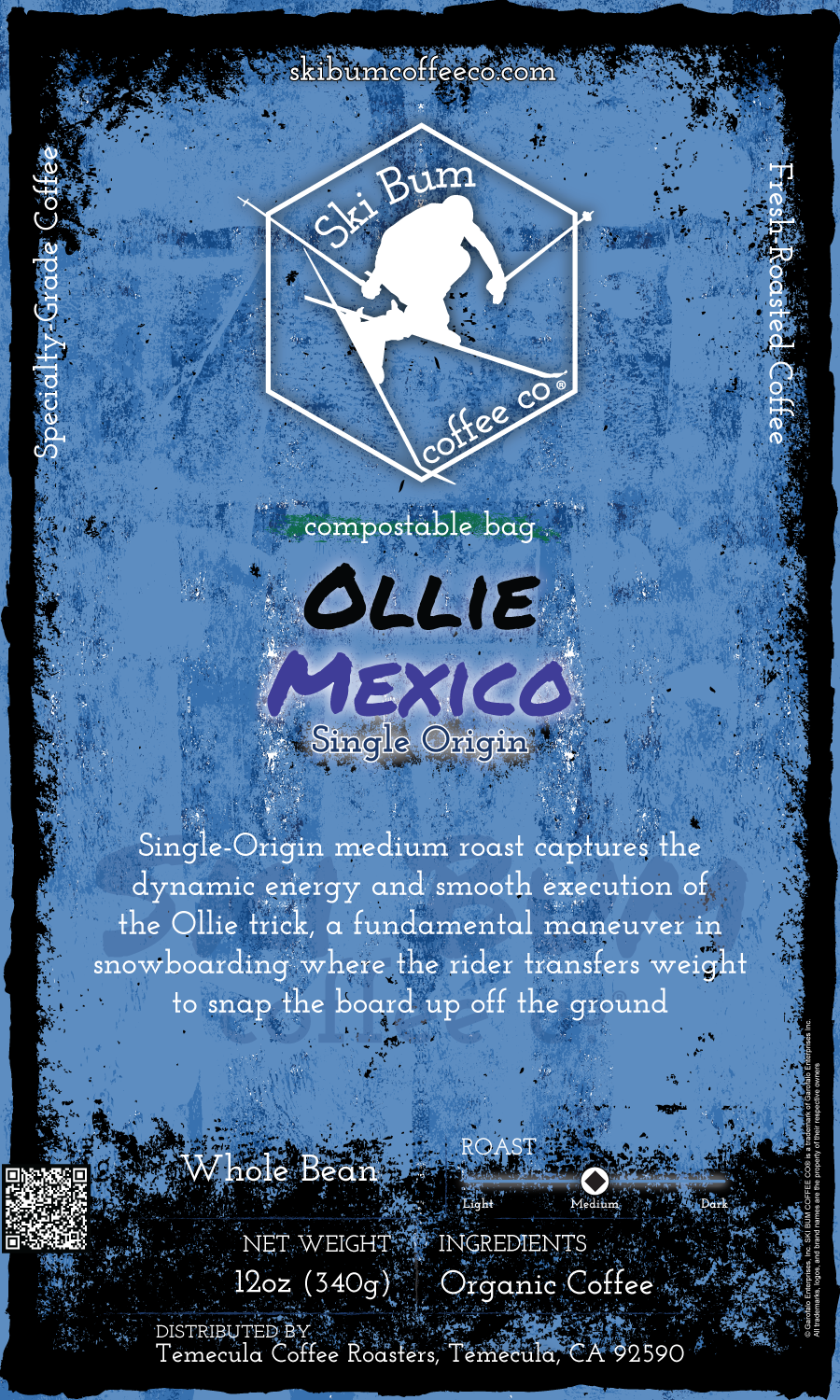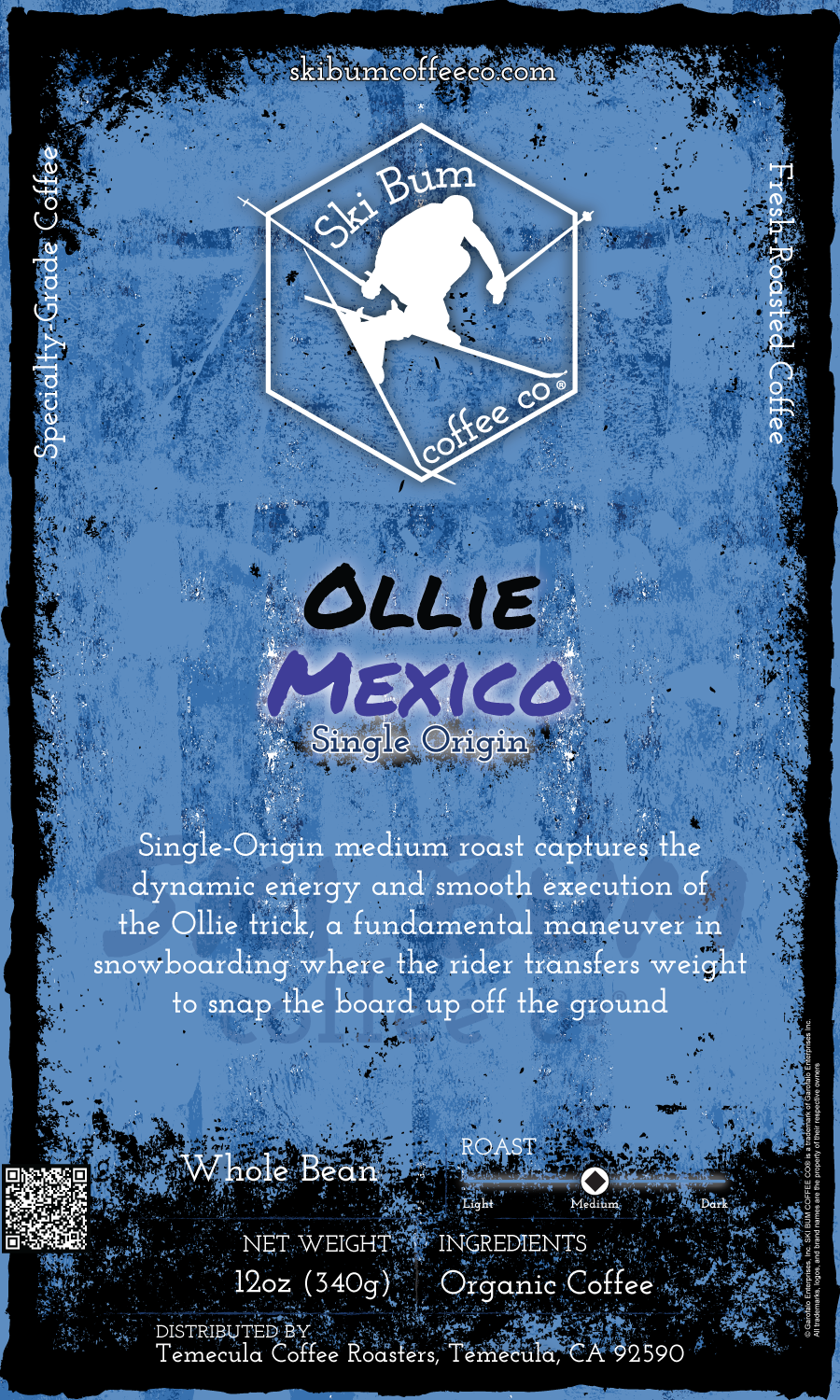If you've ever opened a bag of whole bean coffee and noticed a glossy sheen on the beans, you may have wondered—why are some coffee beans oily while others appear dry? The oiliness of coffee beans comes down to a combination of roast level, bean composition, and freshness. Here’s what you need to know about why some whole bean coffees are more "oily" than others.
Roast Level & Oil Development
The primary reason some coffee beans are oily is the roasting process. As coffee beans roast, the internal structure breaks down, releasing oils naturally present within the bean. Darker roasts are more likely to be oily because they spend more time in the roasting drum, allowing these oils to migrate to the surface. The longer exposure to heat causes the beans’ cell walls to crack open, bringing oils outward. In contrast, light and medium roasts generally retain their oils internally, appearing drier on the surface.
Bean Type & Natural Oil Content
Different coffee varieties have varying oil compositions. Some beans naturally contain higher oil levels due to their growing conditions, altitude, and processing methods. For example, high-altitude beans tend to have denser structures, which may delay oil migration compared to lower-altitude beans.
Age & Freshness of the Beans
Another factor influencing oiliness is the age of the roasted beans. Freshly roasted coffee might not show much oil immediately, but over time, oxidation causes oils to emerge. If coffee is stored for extended periods, especially in warm environments, the oils will rise to the surface more rapidly. This is why some older dark roasts appear shinier than freshly roasted beans of the same variety.
What Does Oiliness Mean for Brewing?
Oily coffee beans aren’t necessarily a bad thing, but they do impact brewing. If you’re using a grinder, excessive oil can cause beans to clump together and build up in your machine, potentially leading to clogging over time—especially in super-automatic espresso machines. If you're using a French press or pour-over, oily beans can produce a richer, fuller-bodied cup. However, if your coffee tastes overly bitter or "ashy," the oils may have oxidized, signaling that your beans are past their peak freshness.
How to Store Oily Coffee Beans
To preserve flavor and prevent excessive oil oxidation, store your coffee in an airtight container, away from light, heat, and moisture. Avoid storing beans in the fridge or freezer, as fluctuating temperatures can cause condensation, which accelerates degradation.
Final Thoughts
The oiliness of coffee beans is a natural part of the roasting and aging process, particularly for darker roasts. Whether you prefer a glossy Italian roast or a dry, light roast, understanding why beans appear the way they do can help you make the best choice for your brewing method. At Ski Bum Coffee Co®, we take pride in offering expertly roasted specialty-grade coffee to fuel your next adventure—whether you're carving fresh lines in the snow or just savoring the morning slopes from your kitchen.
Want to explore our roasts? Check out our selection of light, medium, and dark roasts to find your perfect brew!




